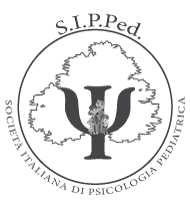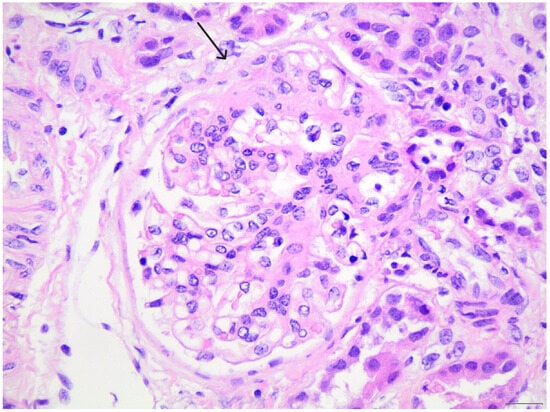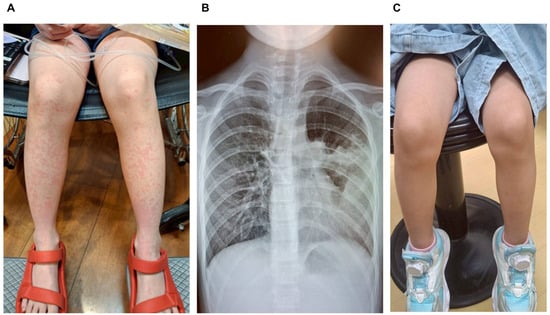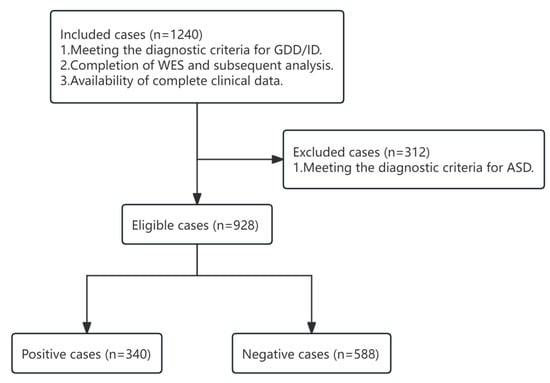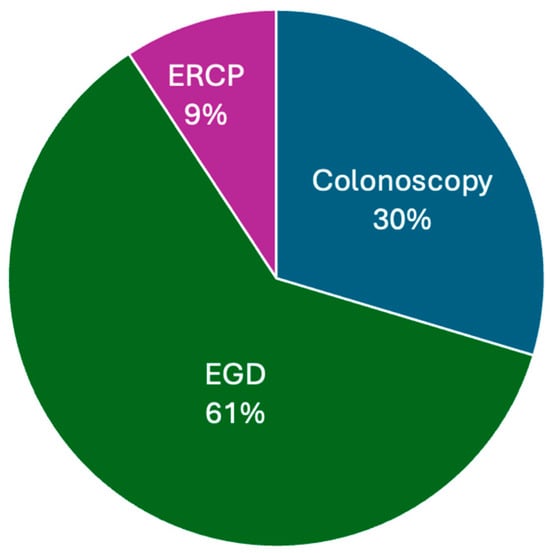- Case Report
When Genes Reveal the Truth: Alport Syndrome Mimicking Steroid-Resistant Nephrotic Syndrome
- John Dotis,
- Antonia Kondou and
- George Liapis
- + 3 authors
Τargeted genetic sequencing in a 6-year-old with steroid-resistant nephrotic syndrome and biopsy findings of focal segmental glomerulosclerosis (FSGS) revealed a novel COL4A3 pathogenic variant (p.Arg341His). Combined with electron microscopy findings of glomerular basement membrane abnormality, this led to a diagnosis of type IV collagen-related nephropathy. This case underscores the benefit of early genetic testing in presumed FSGS for prognosis and avoiding unnecessary immunosuppression in pediatric nephrotic syndrome.
19 December 2025


